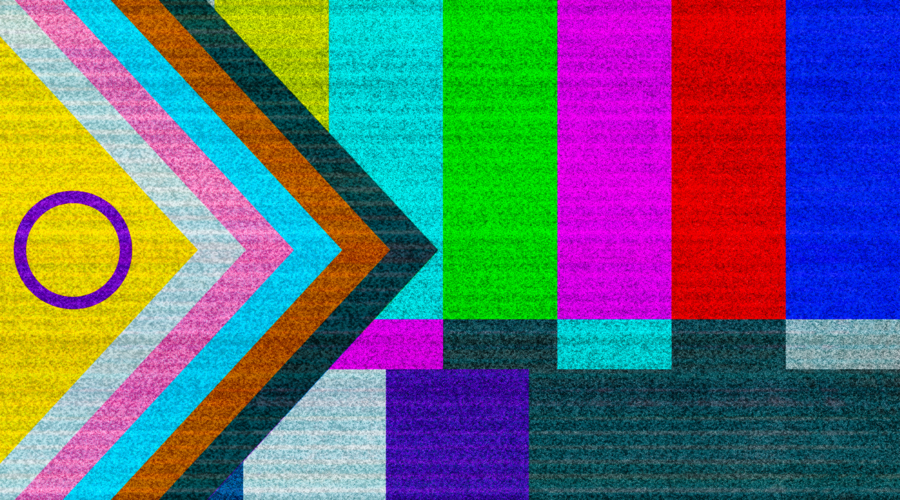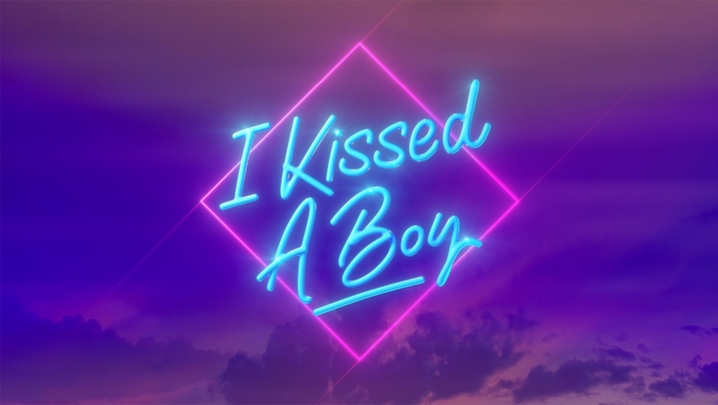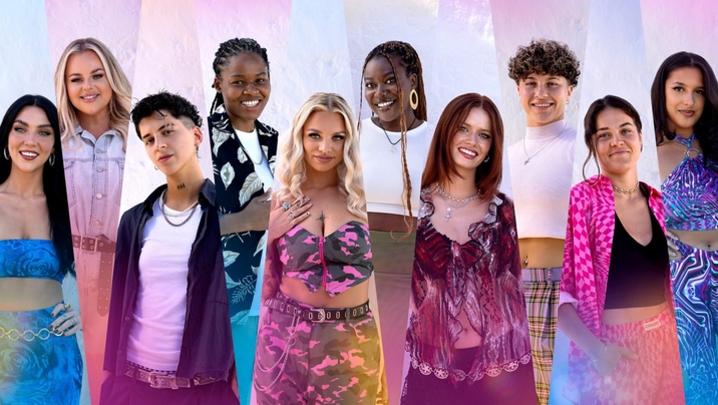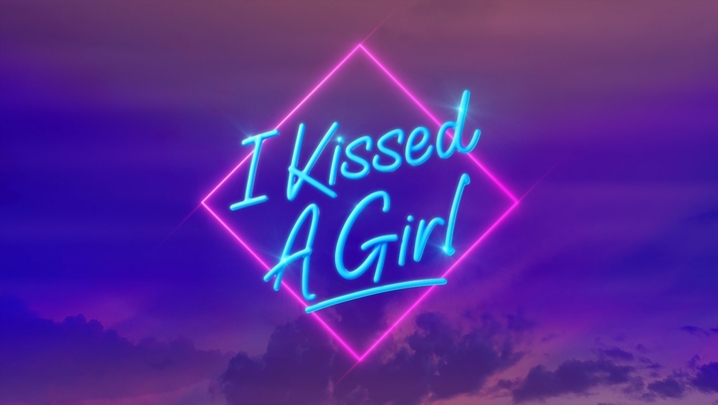Over the last few years in TV, the queer community has had a look-in like never before. Sometimes, though, a focus on marketability can keep representation squeaky clean. So, instead of another celebration of queer characters made for straight audiences, here are 10 times LGBTQIA+ representation was done right.
Reclaiming the word lesbian in I Kissed a Girl
I Kissed a Girl was an instant hit, not only because of the boots-loving contestant turned celesbian Amy Spalding, and the clear-cut communication not often found in reality shows - but also because of the honest and frank debates surrounding the term ‘lesbian.’
Footballer and contestant Georgia Robert shared that when she was younger, she would avoid the ‘L word’ completely, something that many of the girls had in common. Robert then shared why L is thought to be the first letter of LGBTQIA+: during the HIV/AIDS epidemic, lesbians were there "helping them and nursing" those suffering, when others wouldn't. – ECS
Feel Good
For two series, Mae Martin’s sitcom excelled at depicting the intensity of queer love. Instead of treating it with reverence, though, the show explores both the funnier and darker sides of infatuation.
Drawing from Martin’s real-life experience, Feel Good compares obsession in a relationship with being addicted to drugs. It’s a candid, funny and, oftentimes, a brutal ride that leaves no room for sugarcoating. – JM
David Rose’s pansexuality in Schitt’s Creek
David Rose enters Schitt’s Creek fully comfortable in his sexuality; it’s never a problem he needs to overcome. In Best Wishes, Warmest Regards, the documentary following the final series, Emily Hampshire, who plays motel owner Stevie, explains “it’s better to do a show where there is no homophobia, than to do a show that speaks to it.”
Although David’s pansexuality leads to helpful explanations (the famous wine analogy) and a ‘late-in-life gay’ trope as he helps his partner discover his sexuality, his storylines aren't entirely centred around his queerness. – ECS
Our Flag Means Death
Otherwise known as the ‘gay pirate show’, Our Flag Means Death stars Rhys Darby as Stede Bonnet, a man who gives up a life of luxury to become “the gentleman pirate.” Preferring killing with kindness to killing with canons, Stede isn’t a very successful pirate.
A chance encounter with Blackbeard’s ship seems like bad news, until Stede sees the man behind the beard and the two fall in love. Our Flag Means Death shows that queer people didn't suddenly emerge in the 1980s, but have existed throughout history. Of course, this is still the 1700s, so Stede has a wife at home and societal pressures to conform to – but the laws of the land don’t stick on the sea… – ECS
Todd coming out as ace in BoJack Horseman
When asked about his sexuality, Todd Chavez (Aaron Paul) doesn’t have a straightforward answer.
“I’m not gay. I mean, I don’t think I am, but I don’t think I’m straight either. I don’t know what I am. I think I might be nothing.”
The scene works because of, not despite, his hesitation. It makes his coming out messier, more tender and more human. – JM
Pose
A show where trans people are played by trans people? And are nominated for Emmys for it? Well, it shouldn’t be as groundbreaking as it is…
Set in the New York City ballroom scene, Pose follows everything from the rise of different houses (collections of found families ran by ‘mothers’, who offer mentorship to their 'children') to the frightening spread of the HIV/AIDS epidemic, to the mainstream-ification of voguing. It also led to two firsts: Billy Porter being the first openly gay black man in a leading role to win an Emmy, and Michaela Jaé Rodriguez being the first trans lead to be nominated. – ECS
Rogue and the Doctor in Doctor Who
Doctor Who has always revelled in camp. Occasionally, there would be the odd joke about the Time Lord being gay, but nothing more than a wink or a nudge. Until the latest series.
The 15th Doctor (Ncuti Gatwa) doesn’t just share a kiss with bounty hunter Rogue (Jonathan Groff). Beforehand, there’s teasing. There’s lip syncing to Kylie Minogue. There’s running away from aliens, hand-in-hand. It’s a fling as brief as it is fun to watch. – JM
Gus Fring in Breaking Bad and Better Call Saul
You probably know Gus Fring (Giancarlo Esposito) as a drug kingpin rather than a gay icon.
However, his cartel colleagues make his status as an outsider very clear, dismissing him as ‘the Chilean’ or ‘Chicken Man’. Just how different Gus really is gets hinted at, but never explicitly revealed on-screen.
This form of subtlety can stray into queerbaiting, but Breaking Bad and Better Call Saul manage to thread the needle, and deliver a complex, multi-faceted character. – JM
Grace and Frankie
Grace and Frankie are two frenemies, content in the fact they just don’t get along that well, until their respective husbands reveal they have been in love with each other for the majority of their marriages.
The two 70-year-olds are forced to navigate their feelings towards sexuality, all while reeling from being cheated on. Despite this, the two ex-wives are able to look beyond their cuckoldry and have enough empathy and allyship to support their ex-husbands as they walk down the aisle (eventually). – ECS
Mark in Peep Show
Where to start with Mark (David Mitchell)? JLB Credit’s most repressed loan manager despises anything even approaching liberation, making exploration of his sexuality decidedly limited.
However, the Croydon curmudgeon describes himself as “possibly bi, but basically un-curious”. Maybe in another world, Mark would be happily married to a man who knows a lot about World War II. Unfortunately, Mark is too focused on his misery to pursue happiness, making him one of many bi-curious disasters. – JM




